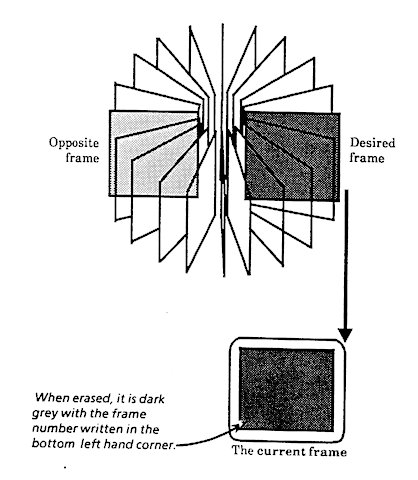
McIDAS Learning Guide
Version 2008
[Search Manual] [Table of Contents] [Go to Previous] [Go to Next]

A loop has beginning and ending frames called loop bounds. When you start McIDAS, the loop bounds are set as frames one through the total number of frames. If you log on to McIDAS and initialize the workstation, the loop bounds are one through one-half the total number of image frames. You will use the commands LB and LS to set loop sequences which can be sequential or random.
When you define loop bounds, you also create opposite loop bounds. Each frame has an opposite frame that is half the total number of frames away. For example, on a session with ten frames, frames 1 and 6 are opposite, frames 2 and 7 are opposite, etc. The single letter command O toggles between a frame and its opposite, which is useful for comparing images.
[Search Manual] [Table of Contents] [Go to Previous] [Go to Next]